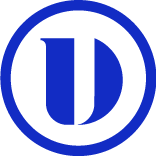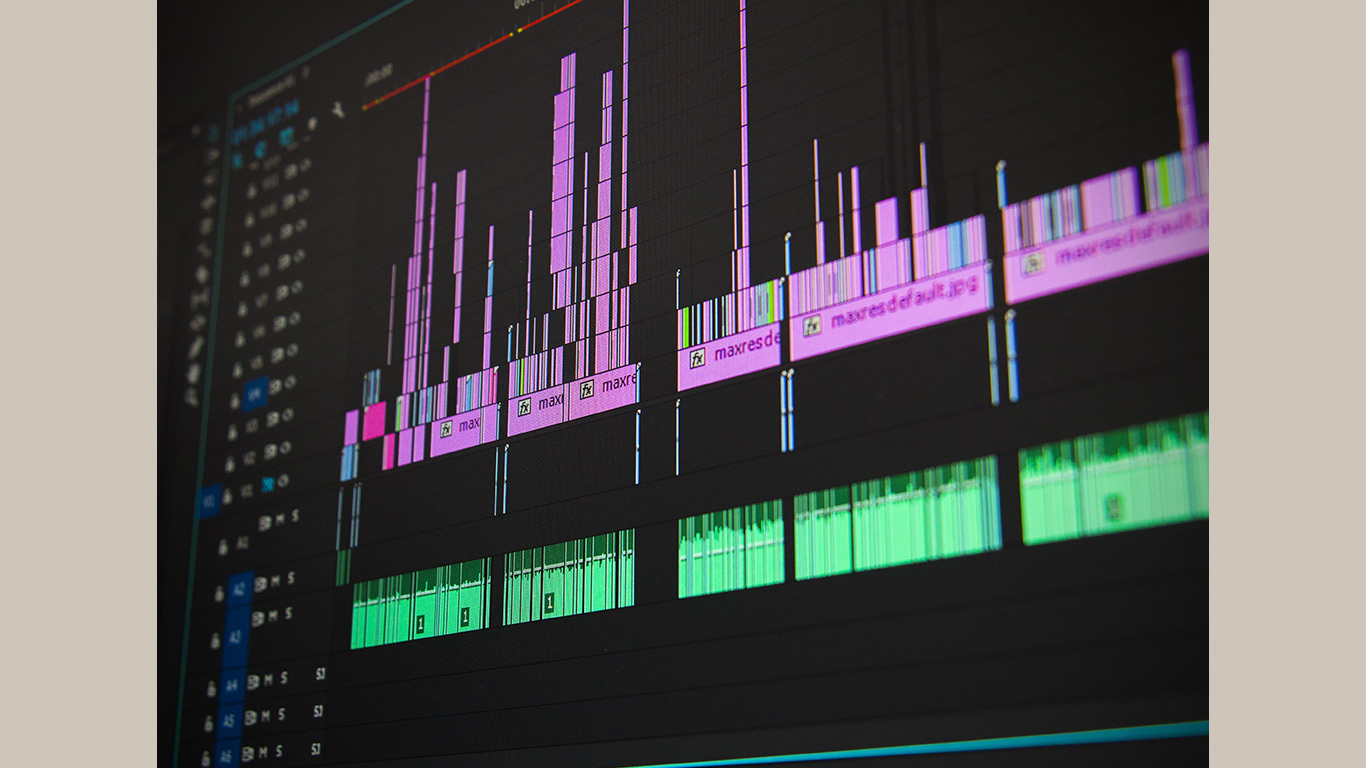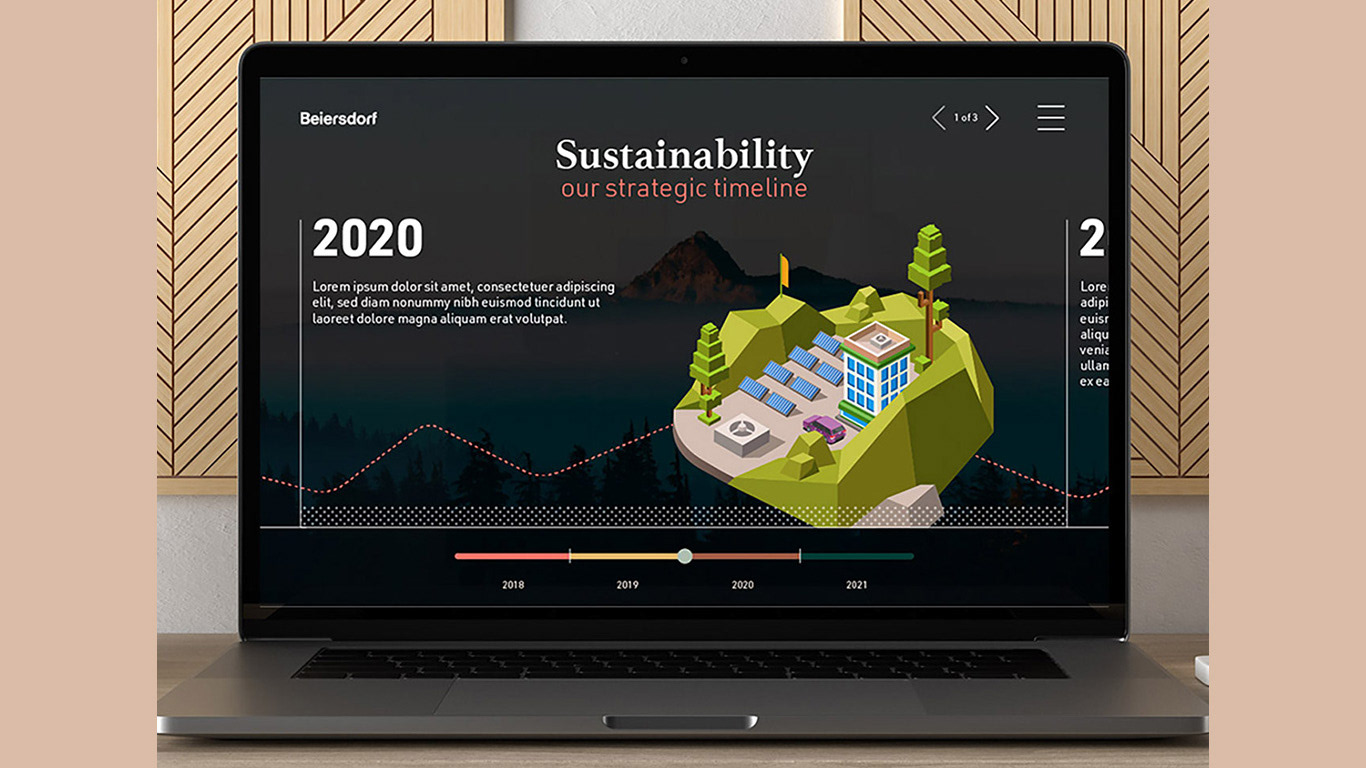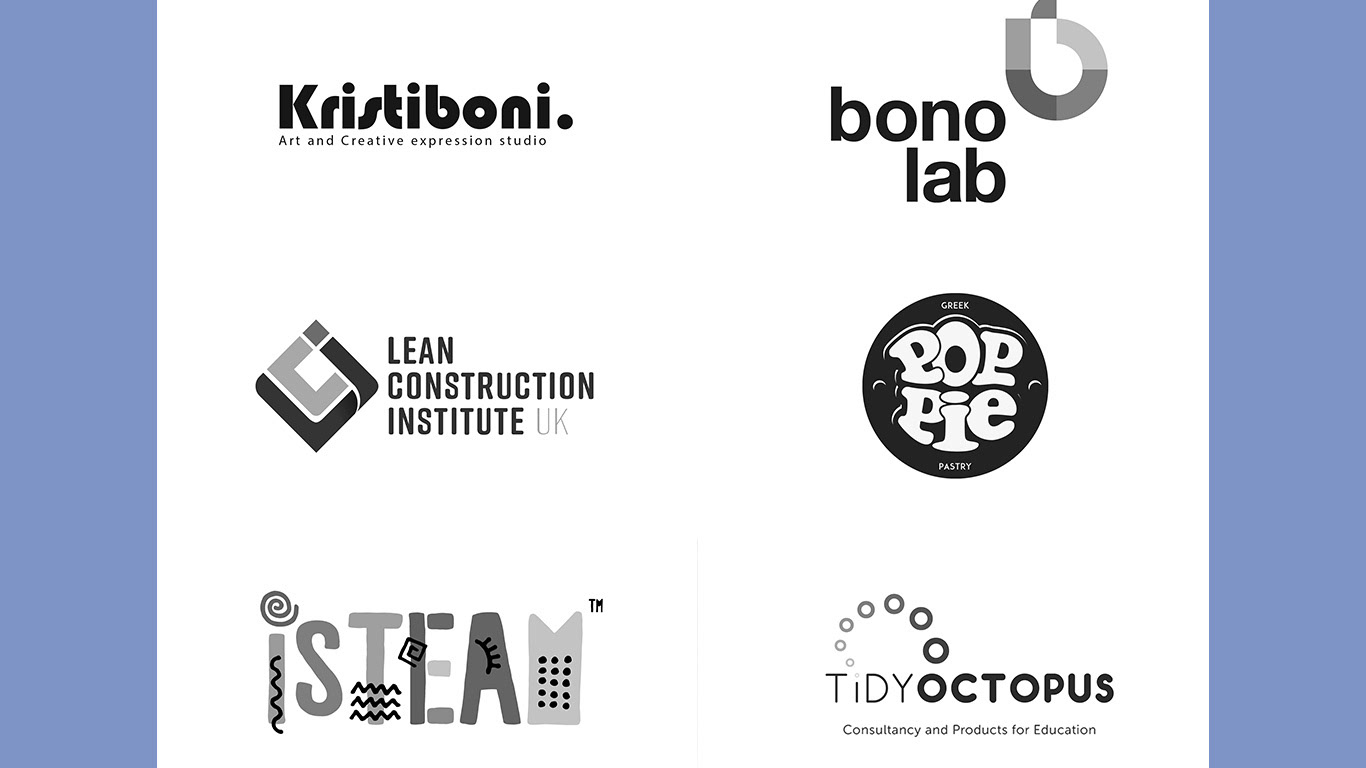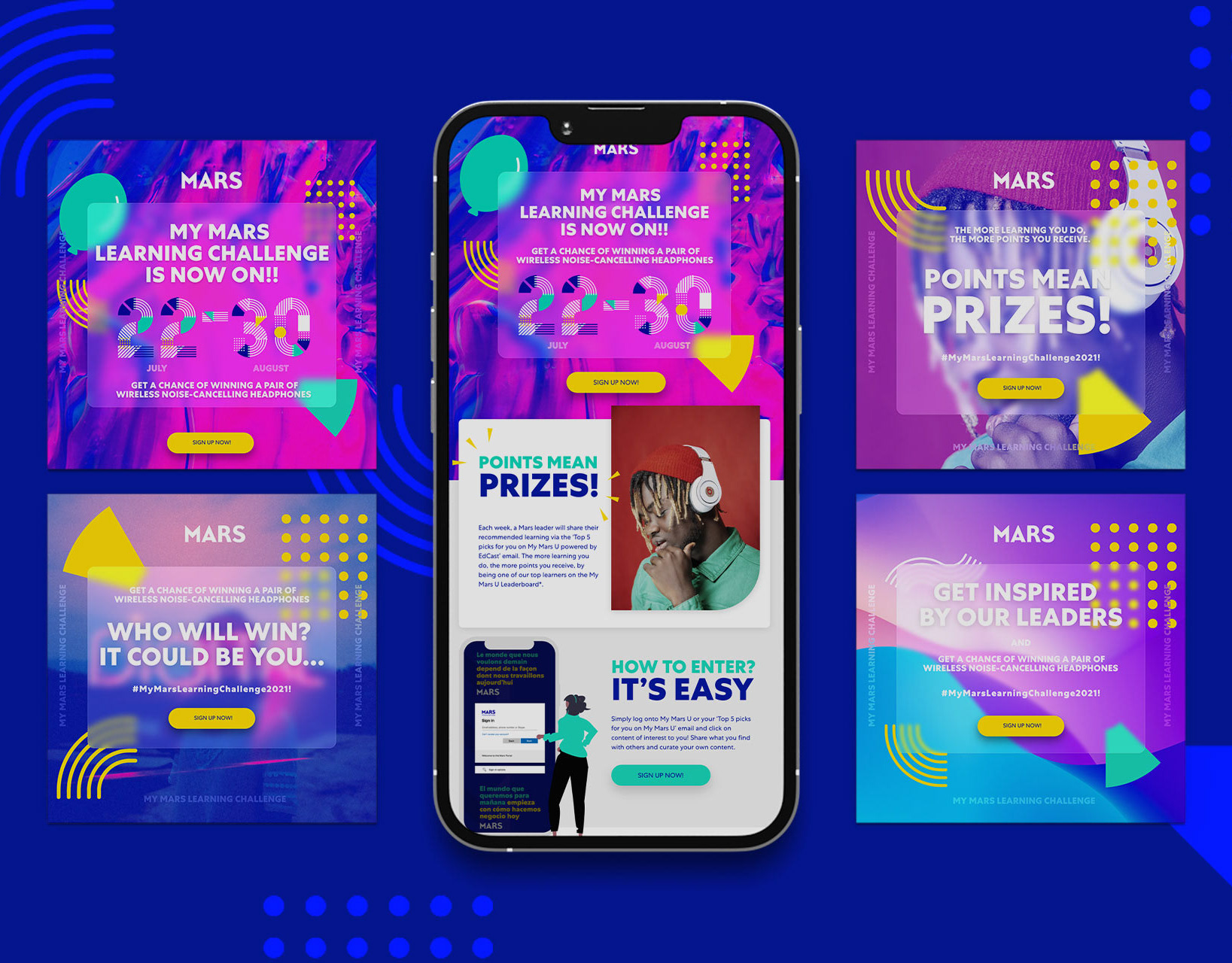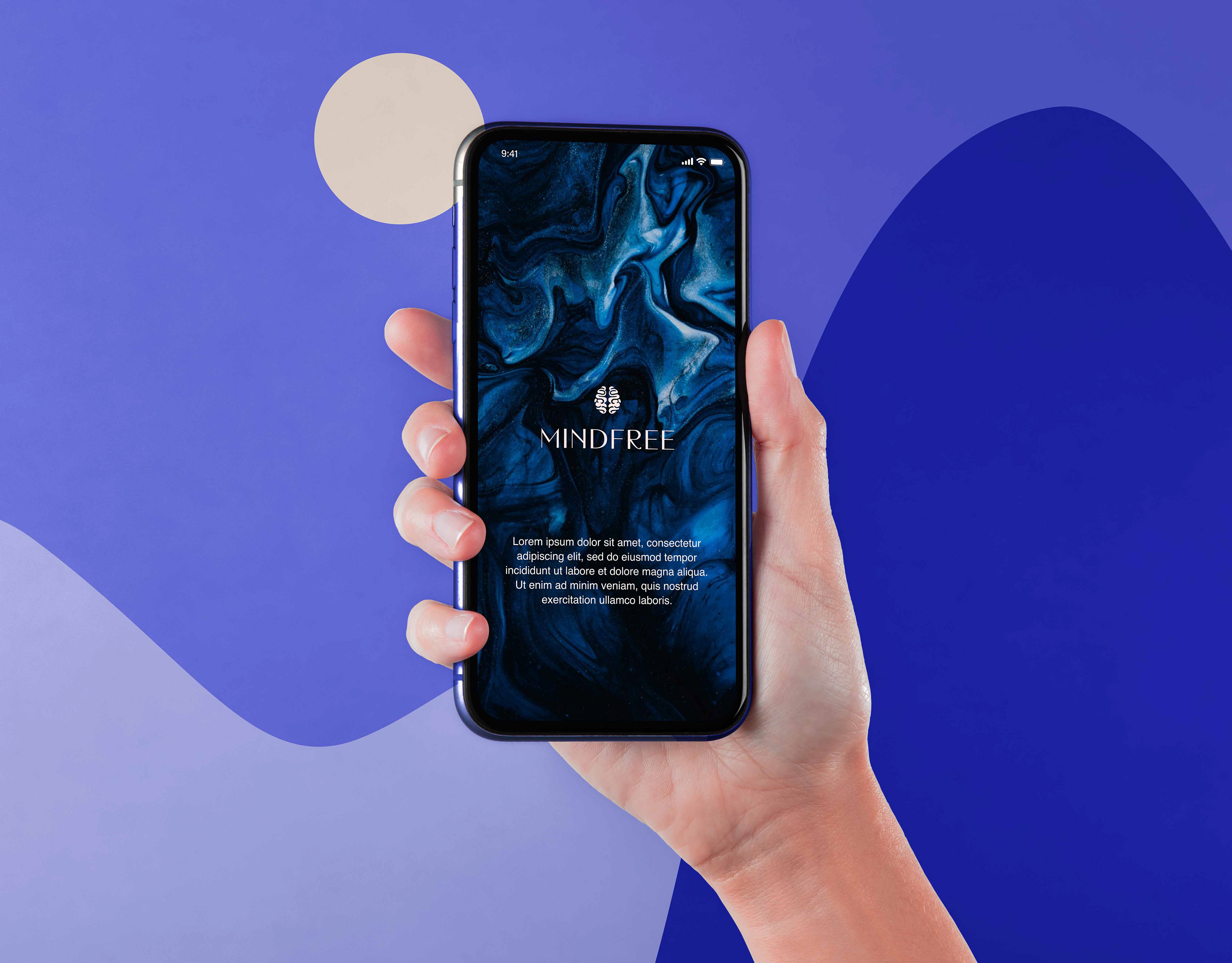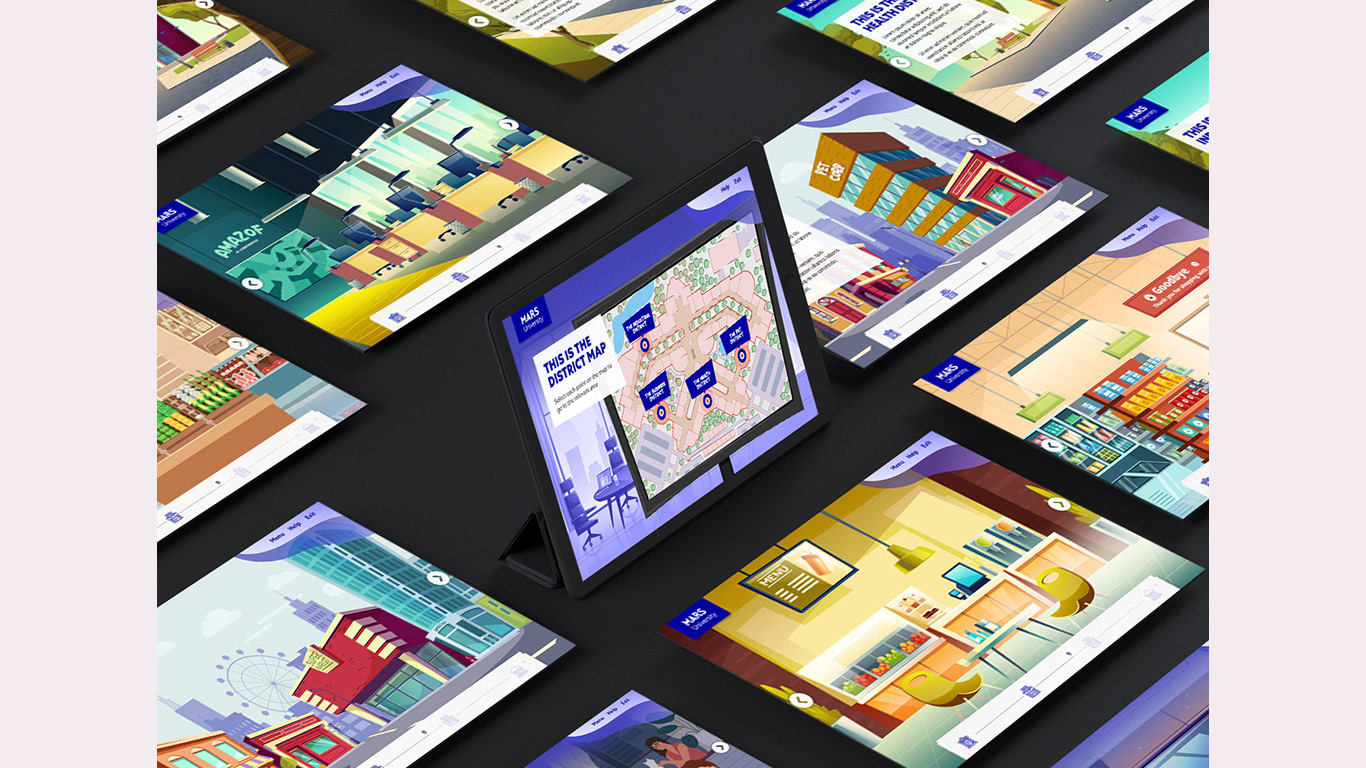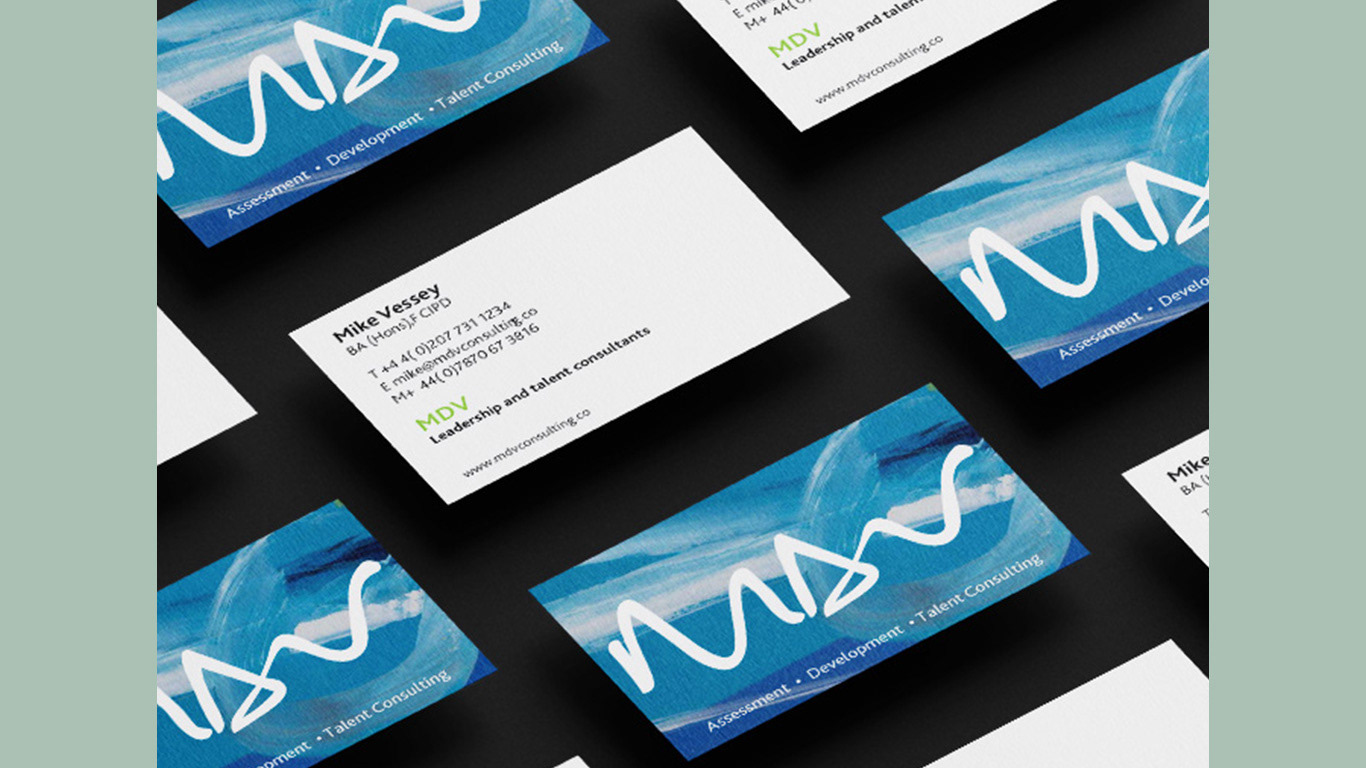⸺
Heineken
Learning Management System Design
Heineken wanted to develop an innovative and engaging blended learning management system for storing, distributing, and tracking the progress of all training products, in light of the 70/20/10 learning and development model.
Role: Art Director | UX Designer
Tools: Adobe XD | Photoshop | Illustrator | After Effects | Miro | Blender | Whimsical | Protopie
Design process: Research & Synthesis | Architecture & UX Design | Prototyping & Testing | UI Design
The challenge
Heineken wanted to develop a Learning Management System into which they could incorporate all of their training materials and resources. In addition, they wanted to enhance some of their existing training assets. Users would be able to access resources either via search or their profile's dashboard. Here, they can save, pin, and favorite items and most importantly launch and follow their progress at a glance. Furthermore, managers and executives would be empowered to assign resources to new hires or suggest training assets to specific employees.
The project required a professional with experience in UI/UX, digital and print formats, and, last but not least, an understanding of the interaction and packaging design. In addition, the ability to listen, observe, understand, sympathize, and empathize.
My previous experience in print production enabled me to successfully manage the project from concept to completion. From strategic plan to Art Direction and UI/UX, through packaging design to the final product, I was actively involved in the entire process.
Key Objective
Heineken LMS should enable users to select training programs from a catalog and virtually curate their careers through a native application. After visualizing their career goal, users should be able to enroll, participate, and compete on how to develop their skills utilizing the HEINEKEN LMS app. The platform should also offer personalized recommendations based on users' progress and interests, providing them with tailored learning paths.
Additionally, it should track performance metrics and achievements, allowing users to see how they stack up against their peers. This gamified approach will foster engagement and motivate continuous learning within the Heineken community.

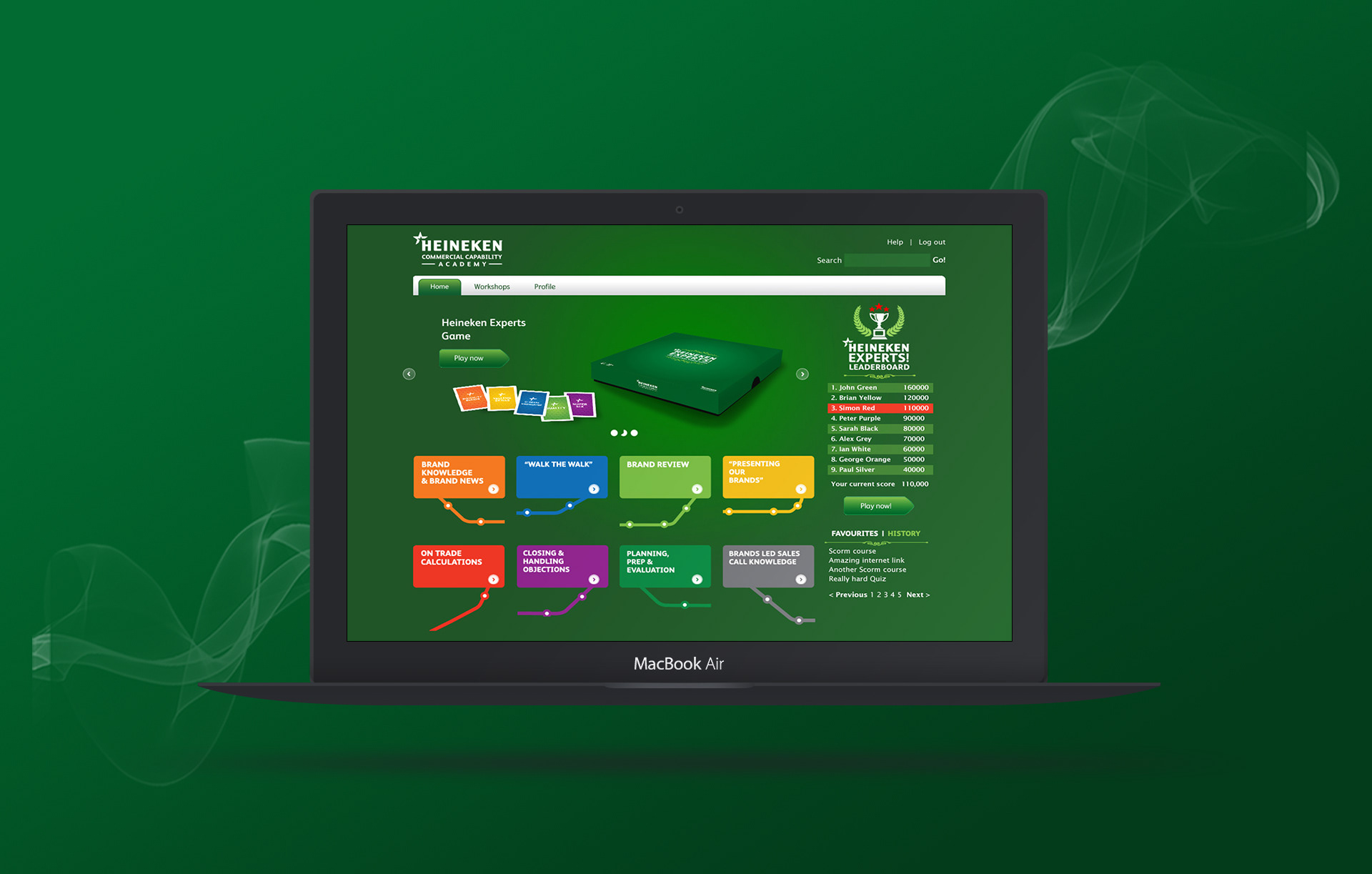
Start with the basics. Who, what, why, and when.
We initiated the project by establishing a strategic plan and pinpointing the client's pain points. Fortunately, we found that the team was already deeply committed to the objective of crafting a cutting-edge product. Leveraging a design thinking session, we systematically identified and categorized all pain points, incorporating usability matrix assessments, user interviews, journey mapping, persona development, and prototype testing into our process.
This comprehensive approach allowed us to prioritize features for inclusion in the initial version. Throughout the project's progression, we relied on insights gleaned from these UX methodologies and our ongoing utilization of various UX procedures to inform our decision-making.
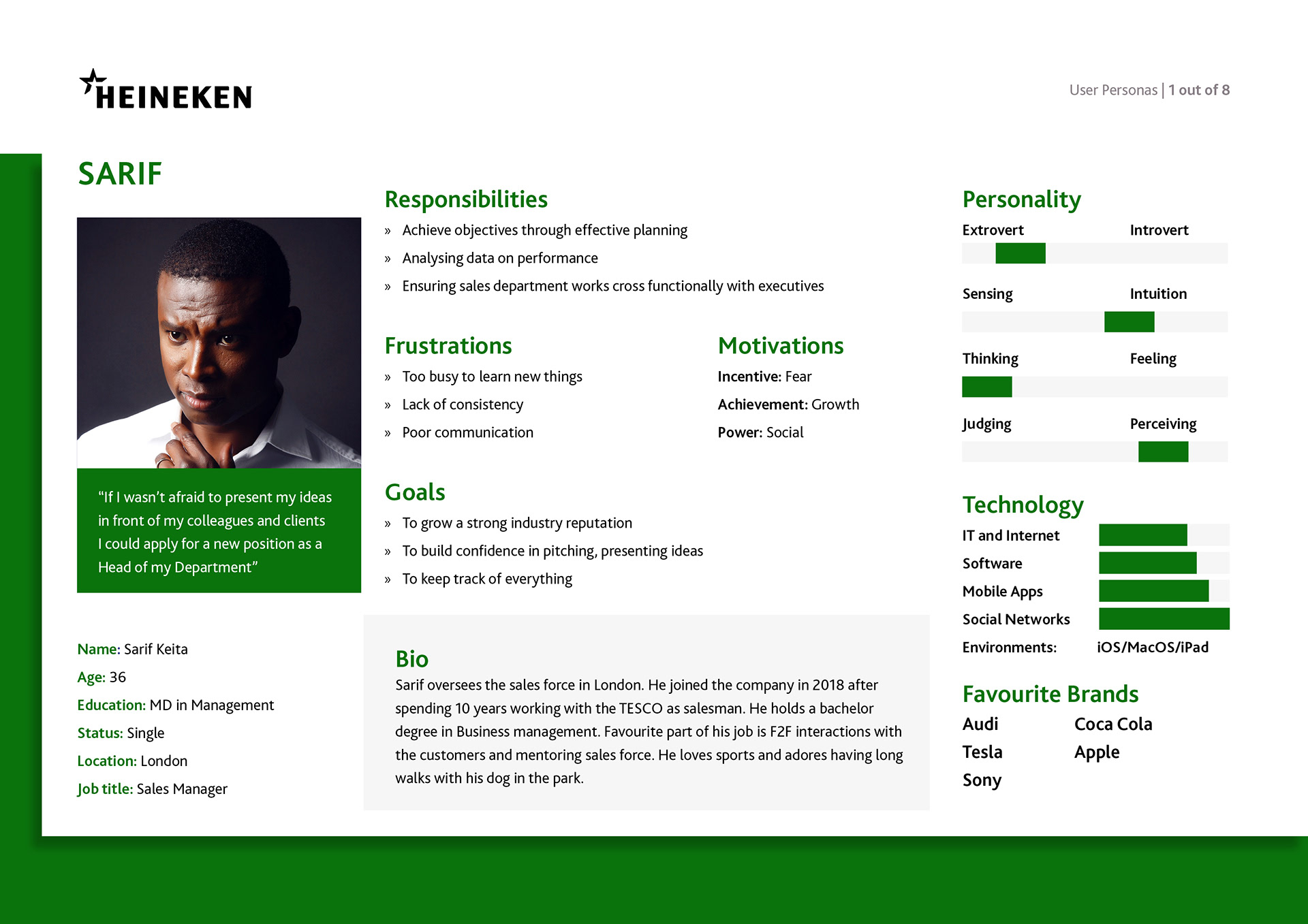
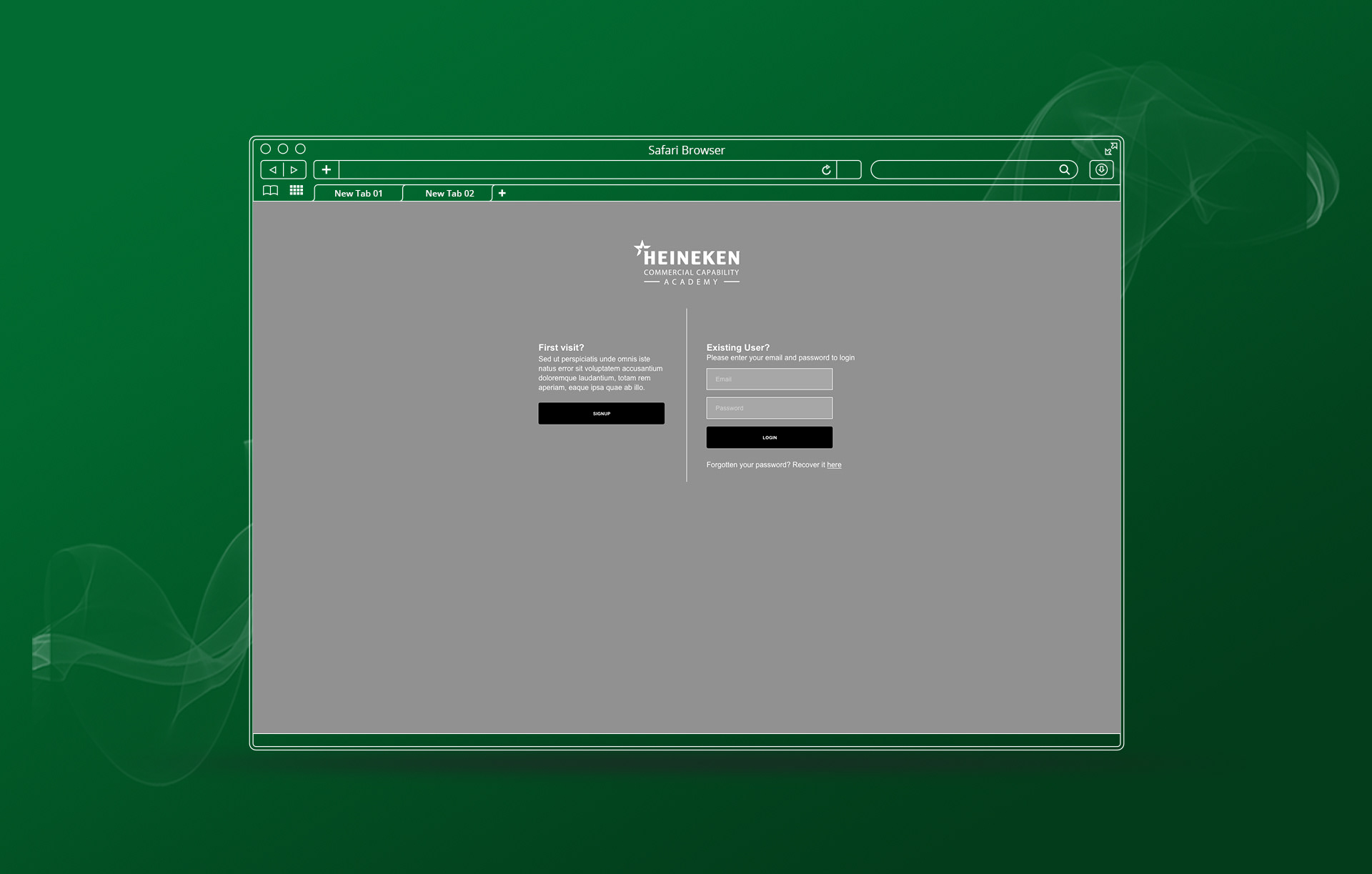
Define the flow and Wireframing
After completing the design thinking sessions, analyzing the successes, failures, wins, and opportunities of the current product, and conducting interviews with participants about their experience with training and career development, I proceeded with creating a flowchart showing how the platform would be organized. The client also had some features in mind so I made sure to circulate those with the team and include them in the plan. The final step of the ideation process was to create paper mockups following some user-focused scenarios and run user testing sessions to validate our research findings and our ideas.
Finally, I validated the flow and thus what screens and features we needed. I proceeded with creating the wireframes to explore the user journey in more detail on a screen-by-screen level.
What Heineken said:
With this product, onboarding new employees became much easier and more transparent. Lastly, the managers felt more confident about their team's training and career development and were able to keep track of the team's progress on various significant steps of their professional training.

